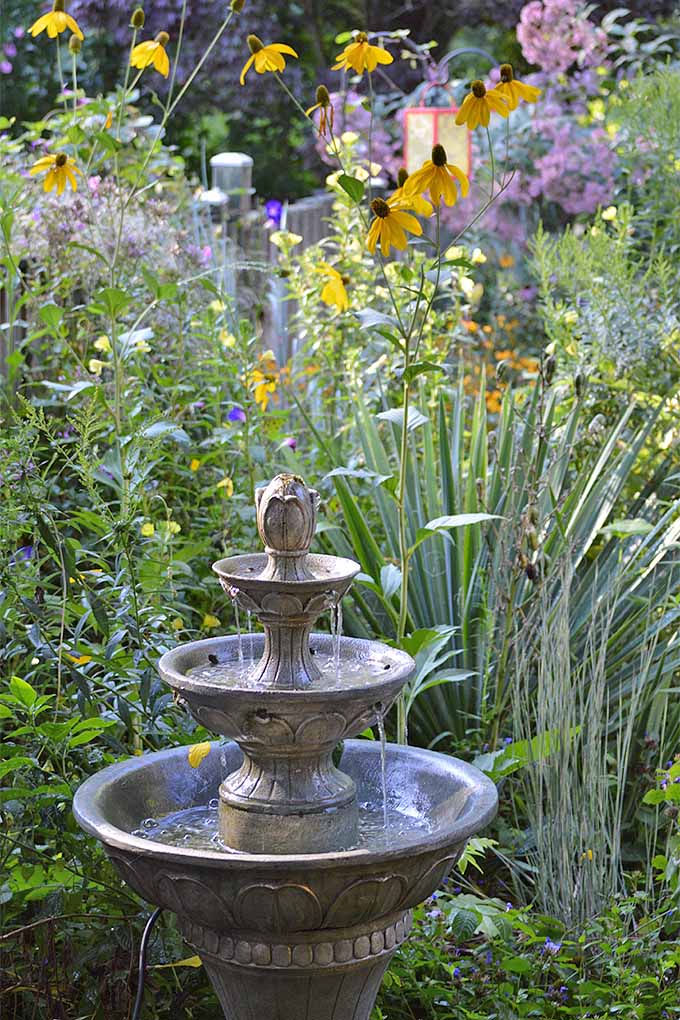Summary (edited from Amazon): Tallamy outlines his vision for a grassroots approach to conservation. Nature’s Best Hope shows how homeowners everywhere can turn their yards into conservation corridors that provide wildlife habitats. Because this approach relies on the initiatives of private individuals, it is immune from the whims of government policy. Even more important, it’s practical, effective, and easy—you will walk away with specific suggestions you can incorporate into your own yard.
Reviews:
Virginia Native Plant Society: https://vnps.org/book-review-natures-best-hope-by-doug-tallamy/
TPR Newsmedia: https://tbrnewsmedia.com/book-review-natures-best-hope/
Interviews and Webinars:
Away to Garden: https://awaytogarden.com/how-conservation-starts-in-your-yard-doug-tallamy-on-natures-best-hope/
Land Conservancy: https://www.youtube.com/watch?v=H3X6wWCWm0A
Garden for Wildlife Series: https://www.youtube.com/watch?v=iDRGryX1uVI
National Wildlife: https://www.youtube.com/watch?v=WY4aV5hqkxY
Articles:
1. Smithsonian: https://www.smithsonianmag.com/science-nature/meet-ecologist-who-wants-unleash-wild-backyard-180974372/
2. NYTimes: https://www.nytimes.com/2020/05/15/realestate/how-and-why-to-use-native-plants.html
Convention on Biological Diversity: https://www.cbd.int/convention/
Author's Website: http://www.bringingnaturehome.net/
Local Native Plant Nurseries:
Bowman's Hill: https://www.nwf.org/NativePlantFinder/
Gino's Nursery: https://www.ginosnursery.com/
NE Native Perennials: http://www.nenativesandperennials.com/index2.html
Edge of the Woods Nursery: http://www.nenativesandperennials.com/index2.html
Native Plant Sites:
1. PA-DCNR:
https://www.dcnr.pa.gov/Conservation/WildPlants/LandscapingwithNativePlants/Pages/default.aspx
2. Native Plant Finder: https://www.nwf.org/NativePlantFinder/
Discussion Questions:
1. What is your knowledge and use currently of native plants in your home landscape?
2. Discuss the relationship of man to nature, how it evolved, and the causes of its breakdown.
3. What conservation efforts and actions have been taken to try to save nature and threatened species and how effective have they been, including the national park system, Endangered Species Act, etc. (p. 30-)
4. Occupying 1.9% of the surface of the US, turf is the single largest irrigated crop in the US and has led also to habitat destruction and fragmentation. Discuss the various cultural, ecological and evolutionary influences that have led to this situation. (p. 51-)
5. “Carrying capacity is the ability of a particular place to support a specific species.” Discuss its relevance including impact of deer. (p. 85-)
6. There are over 3300 invasive plants species in the United States alone. What is their impact on native plants, animals and the overall ecosystem? What are the ecological consequences? (p. 96-, 111-)
7. “Caterpillars are the mainstay of most bird diets in North America, particularly when birds are rearing their young.” Discuss why they are so important and what we can do to help their populations including which keystone plants to plant? (130, 168)
8. Let’s not forget the bees and their role, including that they pollinate a third of our crops as well as pollinate 87% of all plants. What are some steps we can take to support them?
9. We’ve read many nature books and I’m always delighted to read yet another amazing story and learn about a new finding. What did you find surprising?
10. Discuss Tallamy’s concept of a Homegrown National Park and what are the steps that he suggests we take to contribute to it? (p. 205-)








